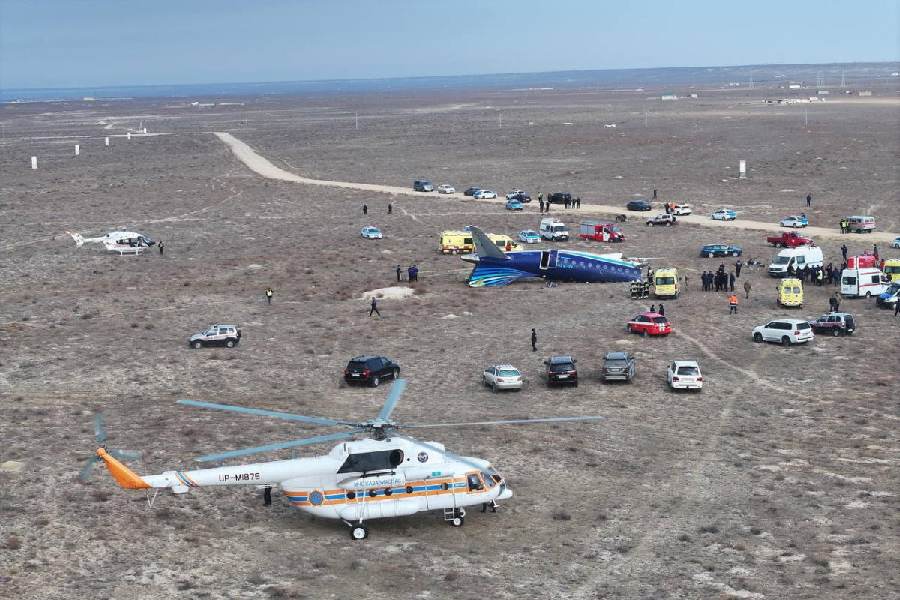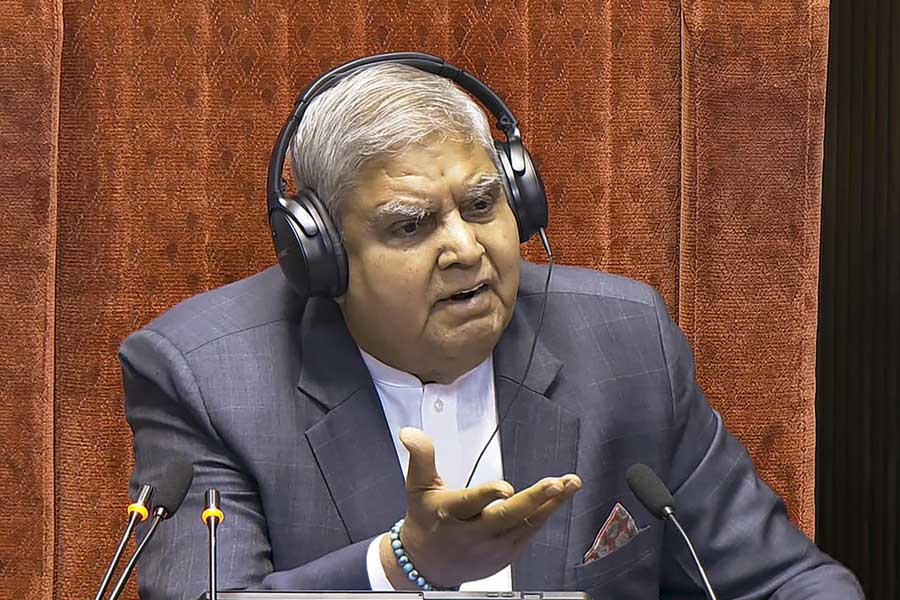Fuel demand rebounded in June after slumping to a nine-month low in May as several states eased Covid-19 restrictions and economic activity picked up.
However, the spike in global crude prices after failure of Opec+ to reach an agreement is likely to add to inflationary pressures on the economy, analysts said.
Fuel consumption rose 1.5 per cent to 16.33 million tonnes in June from a year earlier and by 8 per cent over May 2021, data from the Petroleum Planning and Analysis Cell of the ministry of petroleum and natural gas showed.
Petrol sales rose 5.6 per cent year-on-year to 2.4 million tonnes in June. It was up 21 per cent from the May sales of 1.99 million tonnes.
Diesel - the most used fuel in the country - rose 12 per cent from May to 6.2 million tonnes, but was down 1.5 per cent from June 2020 and 18.8 per cent from June 2019. This is the first monthly increase since March.
Aditi Nayar, chief economist with Icra, said, “Benefitting from the anticipated rise in mobility and economic recovery aided by an acceleration of the coverage of Covid-19 vaccines, the YoY growth in the consumption of petrol and diesel in FY22 stood at 14 per cent and 10 per cent, respectively, on the low base of FY21. Our forecasts suggest that consumption in FY22, relative to the pre-Covid level of FY20, will be 6.7 per cent higher for petrol, and 3.3 per cent lower for diesel.”
Sonal Varma and Aurodeep Nandi of Nomura said, “India would be adversely impacted by rising oil prices, given its status as a net oil importer.
Rising crude oil prices are a negative terms-of-trade shock for consumers and businesses, and we estimate every 10 per cent increase in oil prices would shave off 0.20 percentage points from GDP growth. It could also dent the pace of the growth recovery that we currently expect to be supported by the ongoing vaccinations, strong external demand and easy financial conditions, adding downside risks to our GDP growth outlook of 10.4 per cent y-o-y for FY22.”
“A 10 per cent rise in crude oil prices would further widen the deficit by 0.3 per cent of GDP. Inflation represents a more material risk, as core pressures are already building. A 10 per cent rise in crude oil prices would lead to a 0.3-0.4 percentage point rise in headline inflation, adding further upside risks to our projection of 5.6 per cent for 2021 and 2022,” they added.
Fuel demand had recovered to near-normal levels in March Covid-19 infections led to the re-imposition of lockdowns in different states, stalling mobility and muting economic activity.
Consumption in May slumped to its lowest since August last year amid lockdowns and restrictions in several states.Fuel demand showed signs of resurgence in June after restrictions began to be eased and the economy gathered pace.
With Covid case addition continuing to decline and vaccination pace picking up, state governments have continued to reopen, though some exceptions such as Maharashtra exist.
The then oil minister Dharmendra Pradhan had last month stated that India’s fuel demand would recover to pre-pandemic levels by the end of 2021. “We are confident by the end of this calendar year we will be in a position to restore our original (pre-Covid) consumption behaviour,” Pradhan said.
Consumption of LPG, the only fuel which showed growth even during the first lockdown because of free supplies by the government to the poor, rose 9.7 per cent year-on-year to 2.26 million tonnes. It was up 26.3 per cent over June 2019.
With airlines yet to resume full-scale operations because of travel restrictions around the globe, jet fuel sales at 2,58,000 tonnes was up 16.2 per cent year-on-year but 61.7 per cent lower than June 2019.
Naphtha sales dropped by about 3.1 per cent to 1.19 million tonnes, while sale of bitumen used to make roads was down 32 per cent to 509,000 tonnes. Fuel oil consumption rose 1.9 per cent to 533,000 tonnes.











